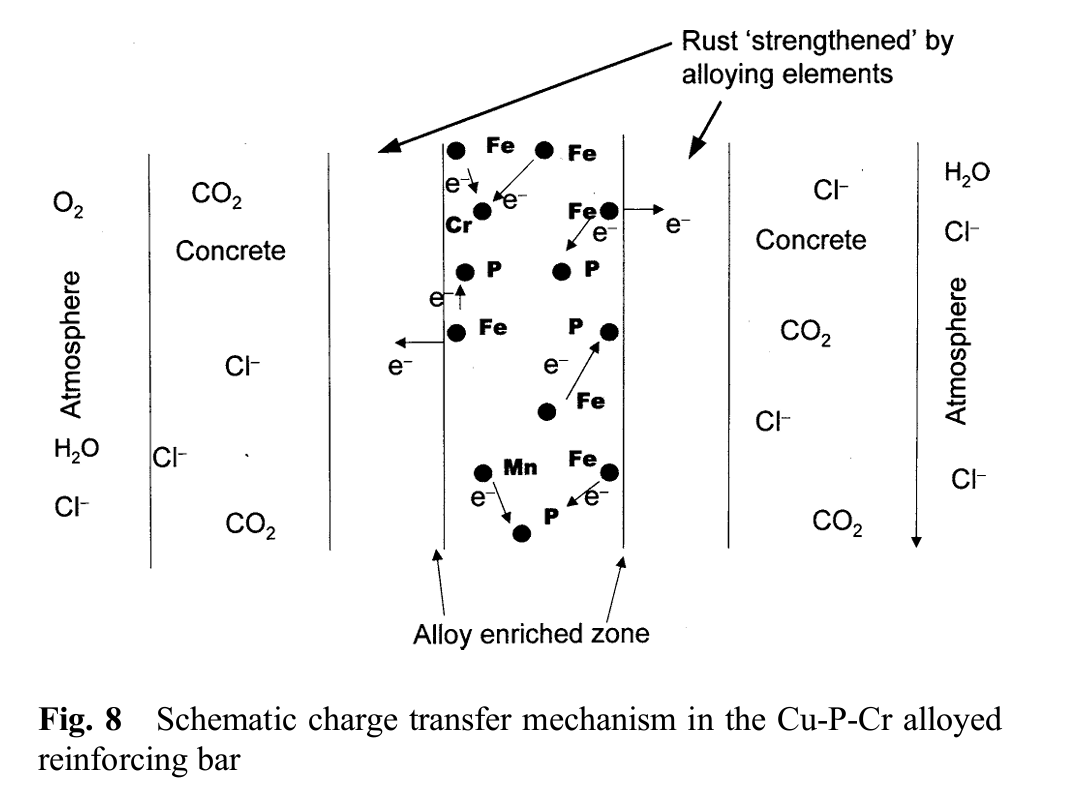Molecular behaviour of sulphur and phosphorus in steel microstructure.
Various compounds in steel have various roles to play in the effects of Sulphur and Phosphorus in Steel.
Abhishek Gandhi
24-06-2023 11:11 AM

Various compounds in steel have various roles to play in the effects of Sulphur and Phosphorus in Steel.
Abhishek Gandhi
24-06-2023 11:11 AM

This section of the series post examines the molecular behaviour of sulphur and phosphorus in steel microstructure. Sulphur and phosphorus are present in steel, typically in the form of compounds such as iron sulphide (FeS) and iron phosphide (Fe3P). The amount of these elements present is determined by thermodynamic equilibrium, which can be affected by environmental conditions such as temperature, pressure, and oxygen concentration. In our previous post, we talked about desulphurization and dephosphorization wherein the thermodynamic equilibrium is constantly changed to affect the contents of S & P in steel. At higher temperatures or with increasing oxygen concentration, more complex compounds such as iron disulphide (FeS2) or iron phosphide (Fe3P2) will form. These compounds have a greater effect on mechanical properties than individual elements, leading to an increase in strength but a decrease in ductility, depending on their quantity and size. The formation of these compounds can also reduce weldability and lead to cracking or corrosion. **Cover Image is outsourced from Journal of Materials Engineering and Performance – Panigrahi, B. K., Srikanth, S., & Sahoo, G. (2009, November). Effect of Alloying Elements on Tensile Properties, Microstructure, and Corrosion Resistance of Reinforcing Bar Steel (thesis). Journal of Materials Engineering and Performance. Image is not a property of SKNMIPL. Image is outsourced for information purposes only. The cover image depicts the retardation of corrosion with the help of alloying elements such as Phosphorous as it acts as a blocker for the Chloride ions to diffuse and cause corrosion. The negative charges from valence electrons of such alloying elements are passed on to the outer surface to repel the negatively charged Chloride ions. In this manner, chloride ions do not diffuse and form compounds that are harmful to the steel. Chloride ions are generated from the concrete as it contains various forms of salts that are usually found in the sand or cement used in construction activities. Understanding how sulphur and phosphorus affect steel microstructure is important for ensuring safe construction projects that meet quality standards. By understanding the advantages and disadvantages of each element, manufacturers can select materials that offer optimal cost-effectiveness while still meeting quality requirements for safety purposes. STAY STRONG, STAY BLESSED!